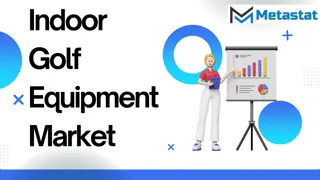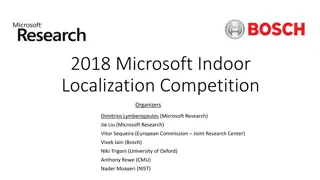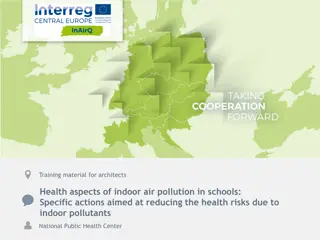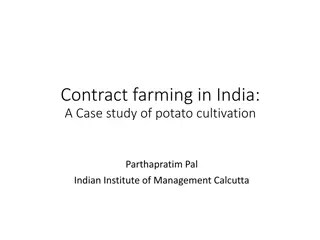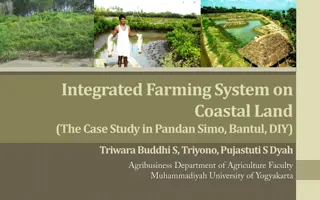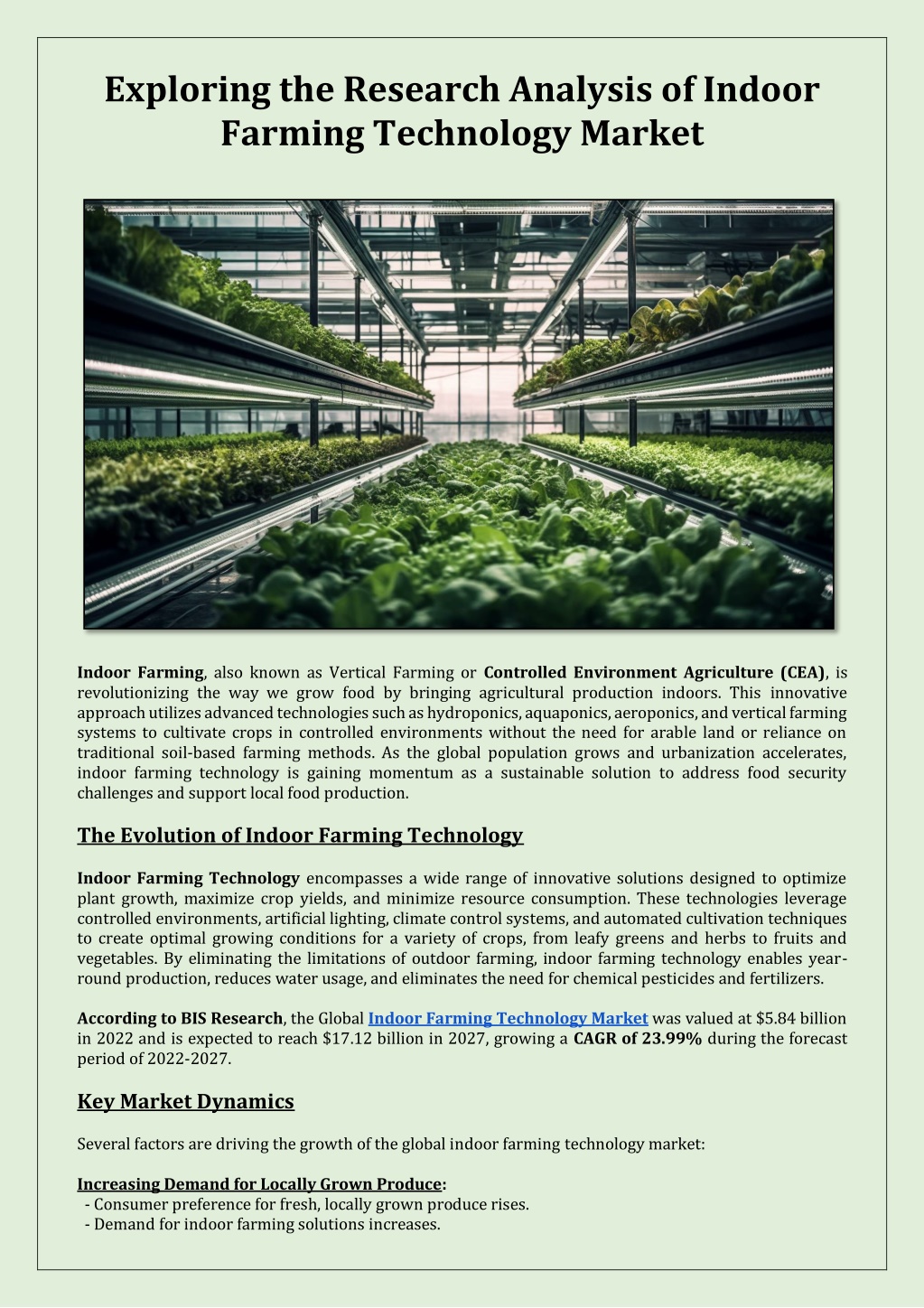
Exploring the Research Analysis of Indoor Farming Technology Market
According to BIS Research, the Global Indoor Farming Technology Market was valued at $5.84 billion in 2022 and is expected to reach $17.12 billion in 2027, growing a CAGR of 23.99% during the forecast period of 2022-2027.
Uploaded on | 4 Views
Download Presentation

Please find below an Image/Link to download the presentation.
The content on the website is provided AS IS for your information and personal use only. It may not be sold, licensed, or shared on other websites without obtaining consent from the author. Download presentation by click this link. If you encounter any issues during the download, it is possible that the publisher has removed the file from their server.
E N D
Presentation Transcript
Exploring the Research Analysis of Indoor Farming Technology Market Indoor Farming, also known as Vertical Farming or Controlled Environment Agriculture (CEA), is revolutionizing the way we grow food by bringing agricultural production indoors. This innovative approach utilizes advanced technologies such as hydroponics, aquaponics, aeroponics, and vertical farming systems to cultivate crops in controlled environments without the need for arable land or reliance on traditional soil-based farming methods. As the global population grows and urbanization accelerates, indoor farming technology is gaining momentum as a sustainable solution to address food security challenges and support local food production. The Evolution of Indoor Farming Technology Indoor Farming Technology encompasses a wide range of innovative solutions designed to optimize plant growth, maximize crop yields, and minimize resource consumption. These technologies leverage controlled environments, artificial lighting, climate control systems, and automated cultivation techniques to create optimal growing conditions for a variety of crops, from leafy greens and herbs to fruits and vegetables. By eliminating the limitations of outdoor farming, indoor farming technology enables year- round production, reduces water usage, and eliminates the need for chemical pesticides and fertilizers. According to BIS Research, the Global Indoor Farming Technology Market was valued at $5.84 billion in 2022 and is expected to reach $17.12 billion in 2027, growing a CAGR of 23.99% during the forecast period of 2022-2027. Key Market Dynamics Several factors are driving the growth of the global indoor farming technology market: Increasing Demand for Locally Grown Produce: - Consumer preference for fresh, locally grown produce rises. - Demand for indoor farming solutions increases.
- Allows year-round cultivation of high-quality crops. - Farms located close to urban centers for proximity. - Various setups like warehouses, containers, or vertical towers used. Climate Change and Food Security Concerns: - Climate change affects traditional agriculture. - Weather variability, water scarcity, soil degradation pose challenges. - Indoor farming offers climate-resilient solutions. - Less susceptible to environmental fluctuations. - Enables consistent and sustainable food production. Technological Advancements and Cost Reductions: - Advances in LED lighting, sensor tech, automation, and analytics. - Make indoor farming more efficient and affordable. - Scalable technology with reduced energy consumption. - Improved crop yields and lowered production costs. - Economically viable for various crops and markets. Last opportunity to Download FREE Sample PDF Report on Indoor Farming Technology Market Research. Indoor Farming Technology Industry Segmentation Segmentation by Growing System: - Hydroponics - Aeroponics - Aquaponics - Soil-Based - Hybrid Segmentation by Crop Type: - Fruits and Vegetables - Herbs and Microgreens - Flowers and Ornamentals - Medicinal Crops Segmentation by Region: - North America - Europe - China - U.K. - Asia-Pacific - Rest-of-the-World The North America region is expected to dominate the indoor farming technology market, which can be attributed to the high technological advancement and the presence of leading indoor farming technology solution providers in the region. Key Market Challenges and Opportunities While indoor farming technology holds immense promise for sustainable food production, challenges such as high upfront costs, energy consumption, and technical expertise required for operation remain barriers to widespread adoption. However, ongoing advancements in technology, increased investment in research and development, and collaborations between industry stakeholders offer opportunities to overcome these challenges and drive market growth. By leveraging emerging technologies such as artificial intelligence, robotics, and IoT, the indoor farming technology market can continue to innovate, improve efficiency, and contribute to a more sustainable and resilient food system.
Also Read: Computer Vision Technology Market Conclusion The Global Indoor Farming Technology Industry represents a paradigm shift in agriculture, offering innovative solutions to address the challenges of climate change, resource scarcity, and food security. By harnessing the power of technology, indoor farming enables farmers to produce fresh, nutritious crops year-round, closer to consumers, while minimizing environmental impact and resource usage. As the adoption of indoor farming technology continues to grow globally, it has the potential to revolutionize the way we grow and access food, promoting sustainability, resilience, and food sovereignty for generations to come.


